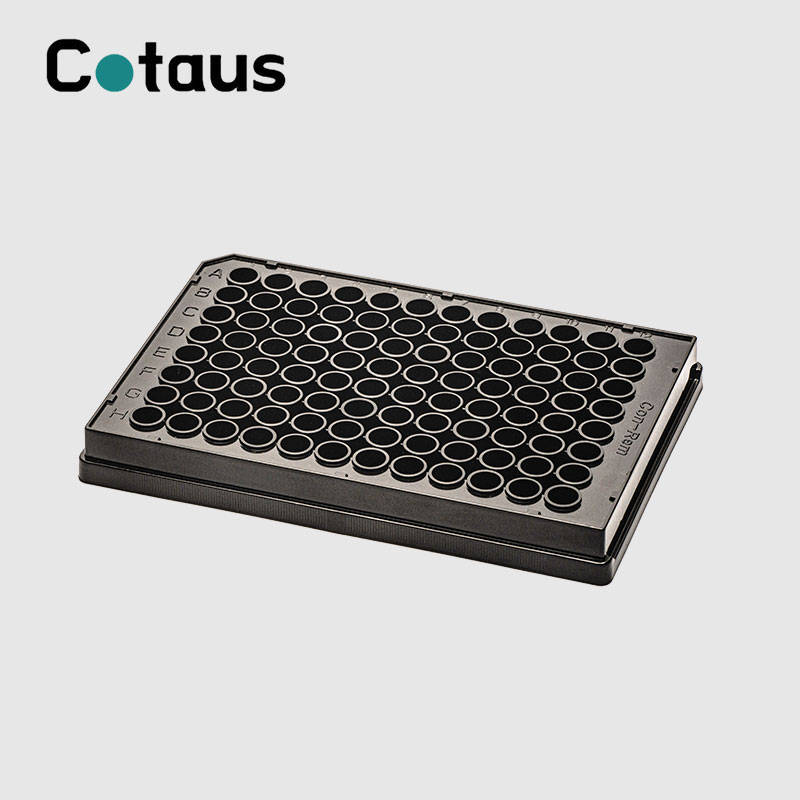
- English
- 简体中文
- Esperanto
- Afrikaans
- Català
- שפה עברית
- Cymraeg
- Galego
- 繁体中文
- Latviešu
- icelandic
- ייִדיש
- беларускі
- Hrvatski
- Kreyòl ayisyen
- Shqiptar
- Malti
- lugha ya Kiswahili
- አማርኛ
- Bosanski
- Frysk
- ភាសាខ្មែរ
- ქართული
- ગુજરાતી
- Hausa
- Кыргыз тили
- ಕನ್ನಡ
- Corsa
- Kurdî
- മലയാളം
- Maori
- Монгол хэл
- Hmong
- IsiXhosa
- Zulu
- Punjabi
- پښتو
- Chichewa
- Samoa
- Sesotho
- සිංහල
- Gàidhlig
- Cebuano
- Somali
- Тоҷикӣ
- O'zbek
- Hawaiian
- سنڌي
- Shinra
- Հայերեն
- Igbo
- Sundanese
- Lëtzebuergesch
- Malagasy
- Yoruba
- Español
- Português
- русский
- Français
- 日本語
- Deutsch
- tiếng Việt
- Italiano
- Nederlands
- ภาษาไทย
- Polski
- 한국어
- Svenska
- magyar
- Malay
- বাংলা ভাষার
- Dansk
- Suomi
- हिन्दी
- Pilipino
- Türkçe
- Gaeilge
- العربية
- Indonesia
- Norsk
- تمل
- český
- ελληνικά
- український
- Javanese
- فارسی
- தமிழ்
- తెలుగు
- नेपाली
- Burmese
- български
- ລາວ
- Latine
- Қазақша
- Euskal
- Azərbaycan
- Slovenský jazyk
- Македонски
- Lietuvos
- Eesti Keel
- Română
- Slovenski
- मराठी
- Srpski језик
Common Applications of ELISA Plates
2024-06-12
As an experimental tool, the core structure of the ELISA plate is a series of microplates containing solid phase materials (such as proteins and antibodies). In the application of the ELISA plate, the sample to be tested will react with a specific enzyme-labeled molecule, and then a visible color change will be produced by adding a matrix substrate, and the content or activity of the target molecule will be quantified or evaluated by detecting the absorbance or fluorescence signal. The following are common applications of ELISA plates in different fields:
1. Protein quantitative analysis: ELISA plates can be used to measure the concentration and activity of proteins in biological samples such as serum and cell supernatants, providing powerful tools for the detection of tumor markers, hepatitis virus antibodies, myocardial injury markers, etc., and assisting doctors in early diagnosis and screening of diseases.
2. Cytokine monitoring: In immunology research, ELISA plates can measure cytokine levels in cell culture supernatants or tissue fluids, which helps to understand biological processes such as immune responses and inflammatory responses, and is of great significance for the development of new treatments and drugs.
3. Nucleic acid research: Through ELISA plates, scientists can detect and analyze the content and activity of DNA or RNA, provide data support for molecular biology research such as gene expression and gene regulation, and further promote the development of fields such as gene therapy and gene editing.
4. Enzyme activity research: ELISA plates can accurately measure enzyme activity, help researchers understand the function and regulatory mechanism of enzymes in organisms, and provide important references for research in enzyme engineering, metabolic engineering and other fields.
5. Intermolecular interaction research: ELISA plates can be used not only to measure the content of molecules, but also to study the interaction between molecules. By combining technologies such as surface plasmon resonance and fluorescence resonance energy transfer, the binding and dissociation process between molecules can be monitored in real time, providing new perspectives and methods for drug design, protein interaction and other research.



